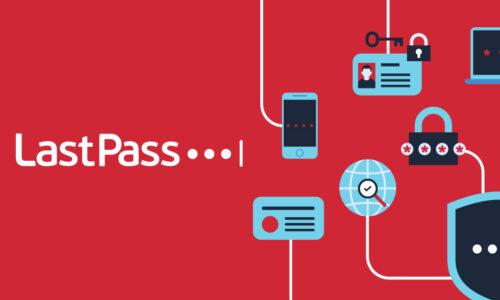What is a master password?
Your master password is the key to all of the passwords and data that are stored in your LastPass vault. As such, it's essential that your master password be as strong as possible. IT teams that administer LastPass business solutions can also implement a wide range of security policies to further strengthen employees' master passwords by default. All of that said, a master password should be:- A minimum of 12 characters long (ideally longer)
- Unique from any other password that you use elsewhere
- A complex mix of letters, special characters, and numbers
- Be used as a password for any other website or app. For example, a breach on another website could put your LastPass account – and all the passwords it protects – at risk if you re-used your master password on that website.
- Contain personal information that an attacker might know or could potentially access if any of your online accounts were ever compromised in a data breach. Avoid using birth dates, street addresses, or phone numbers.
- Be shared with anyone, including LastPass employees. Your master password is for you alone. In fact, it's not even for LastPass to know (we'll get to that in a minute).


